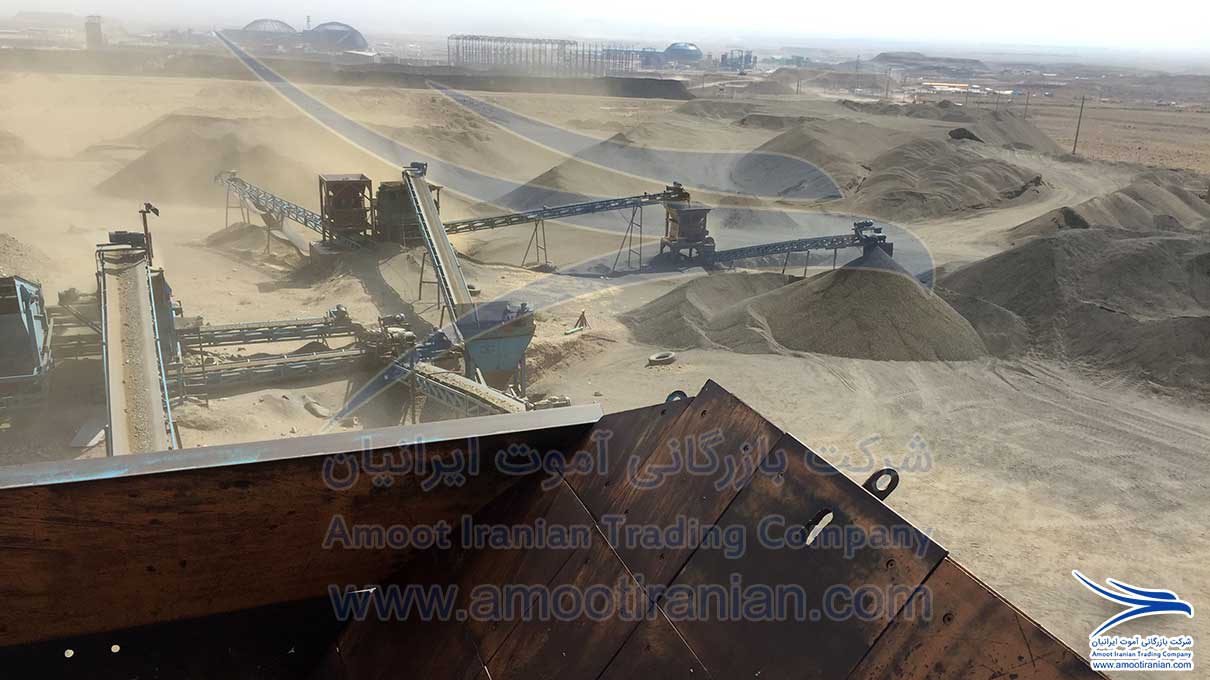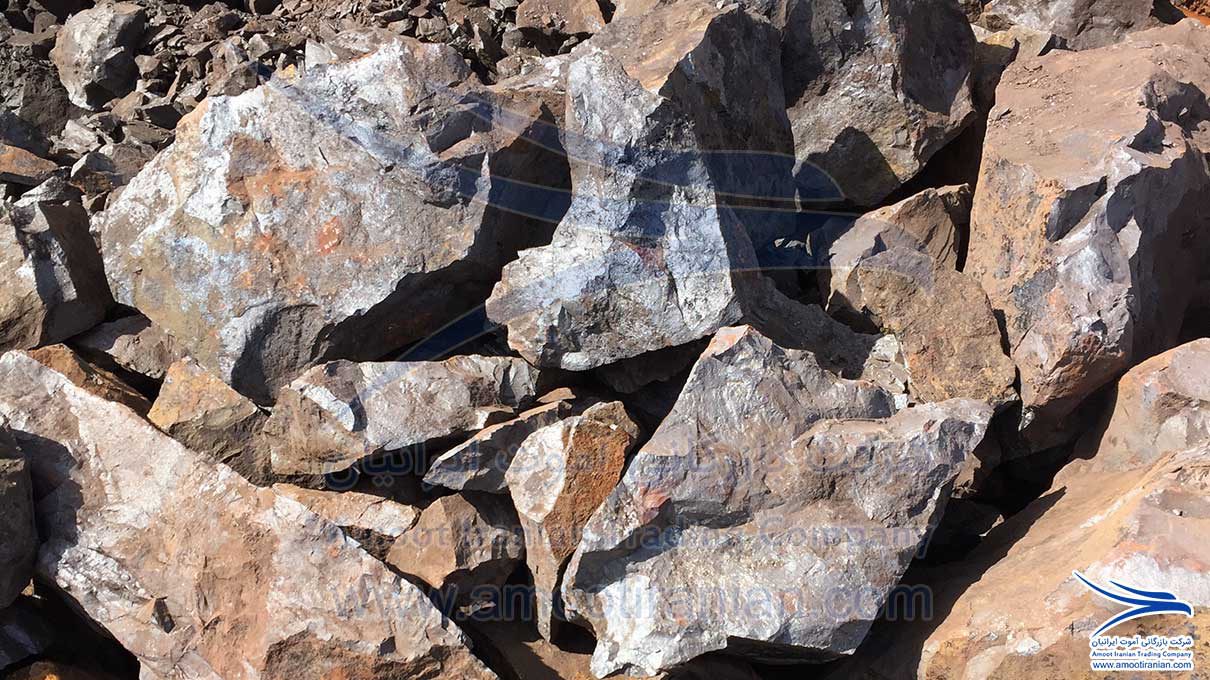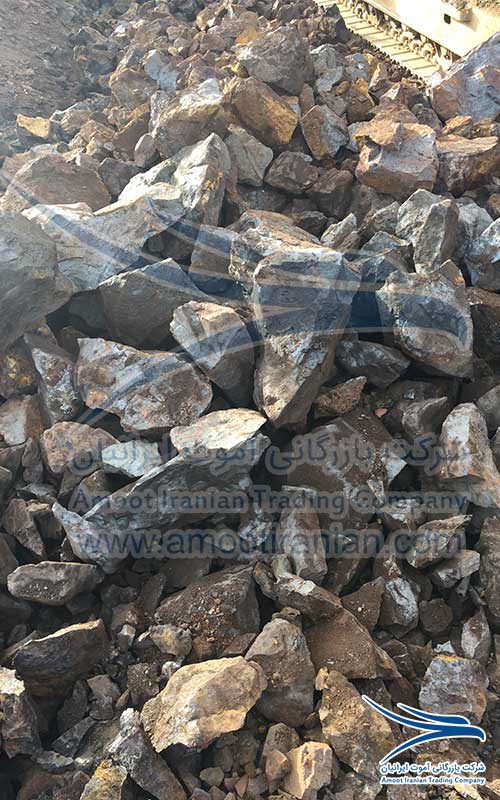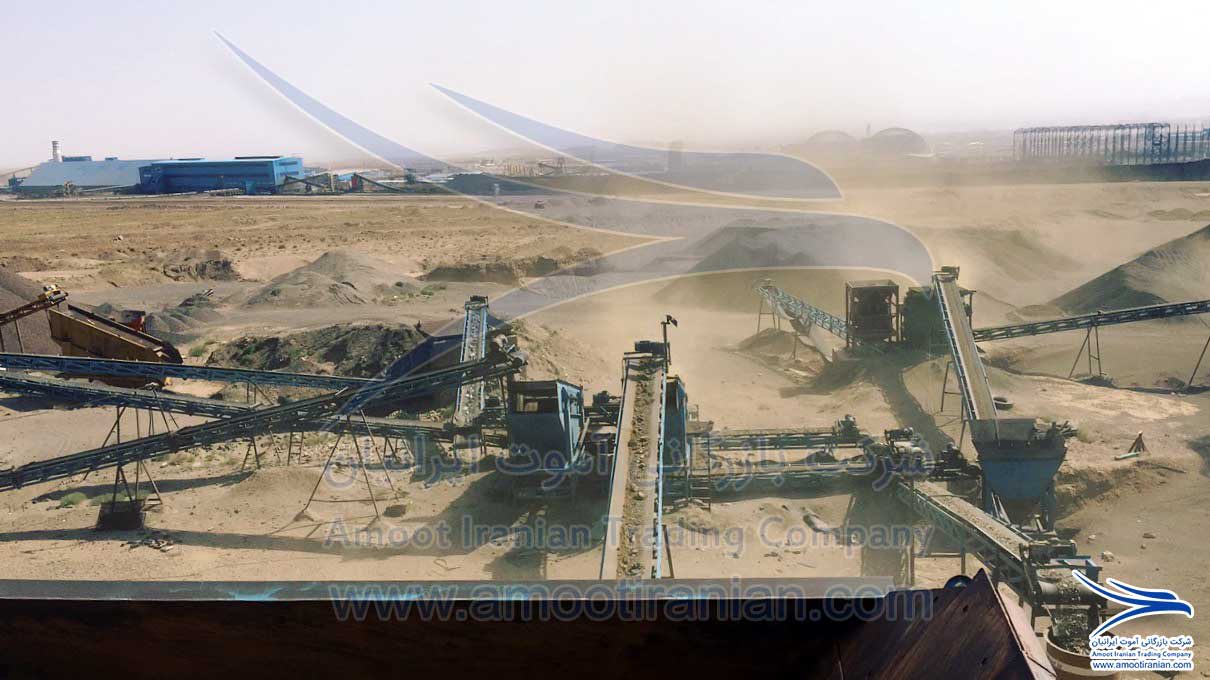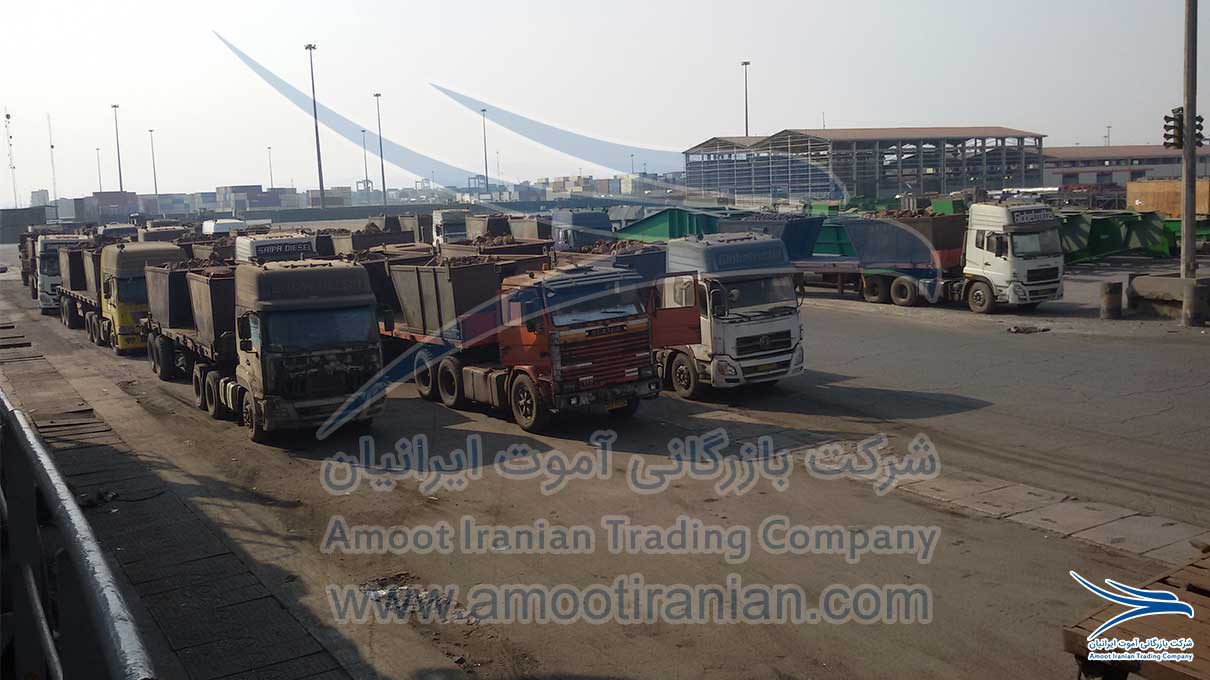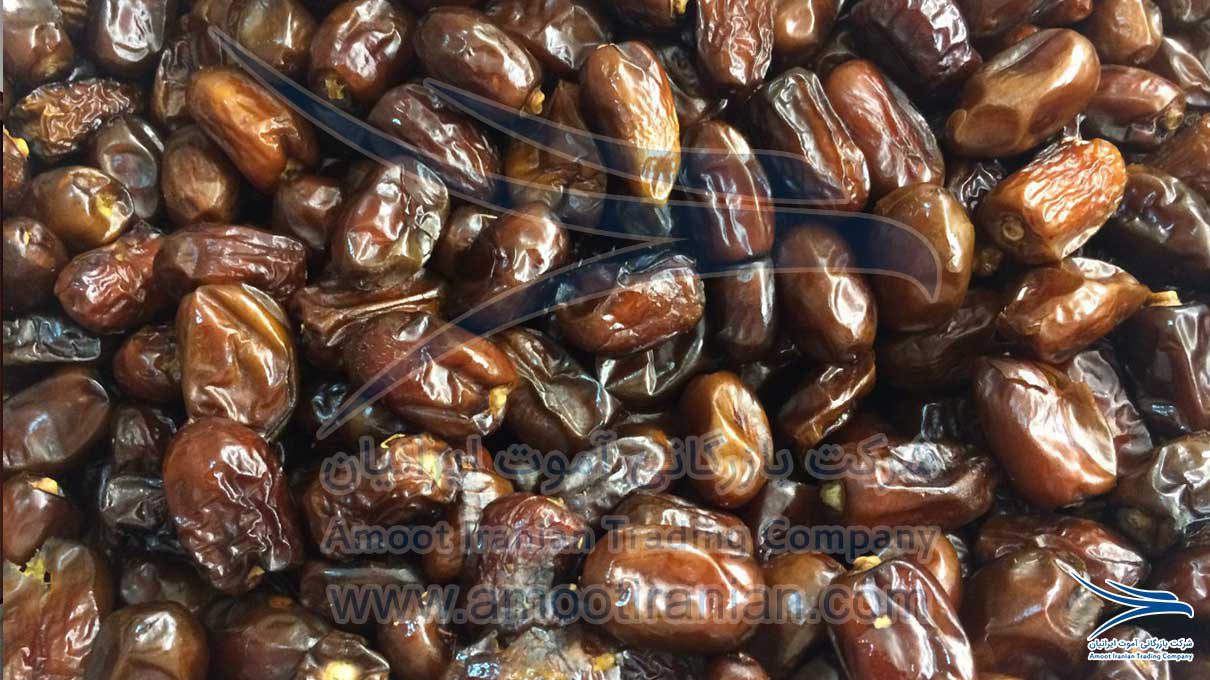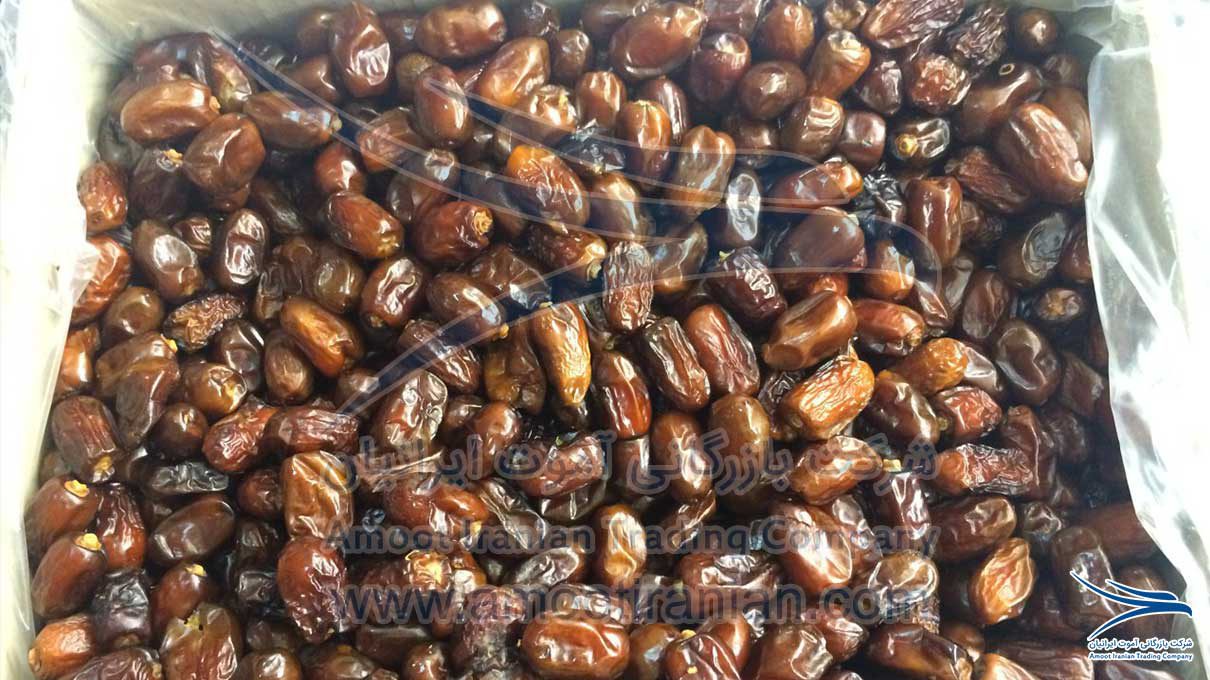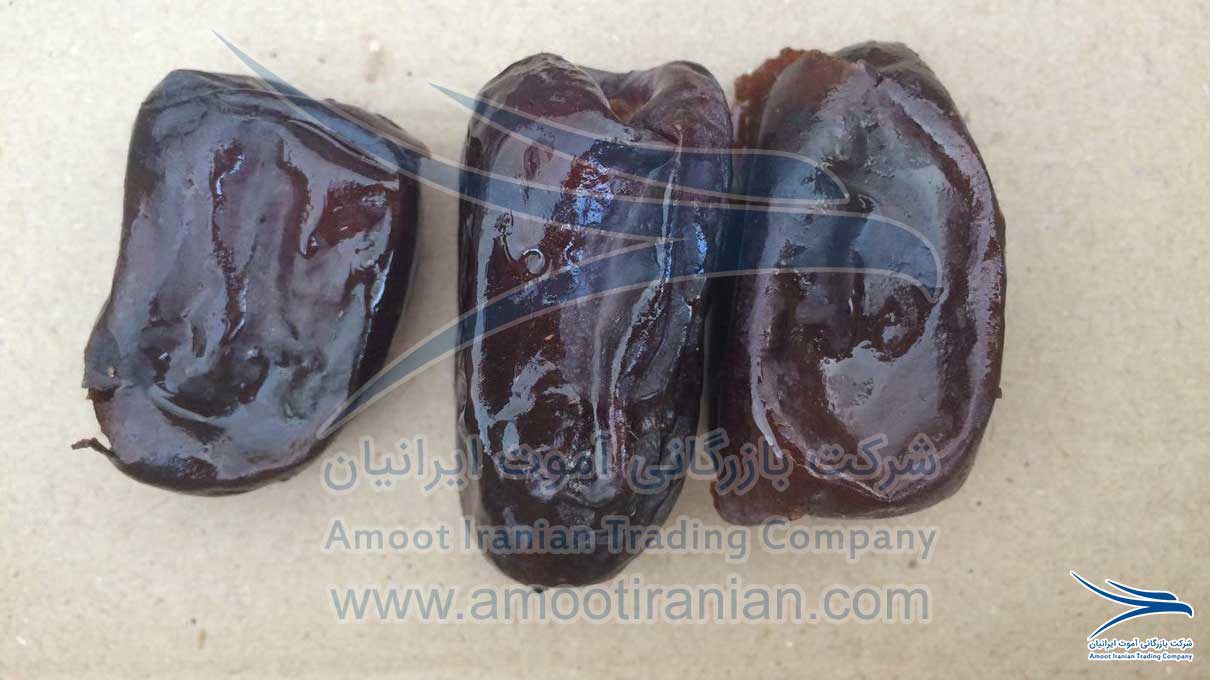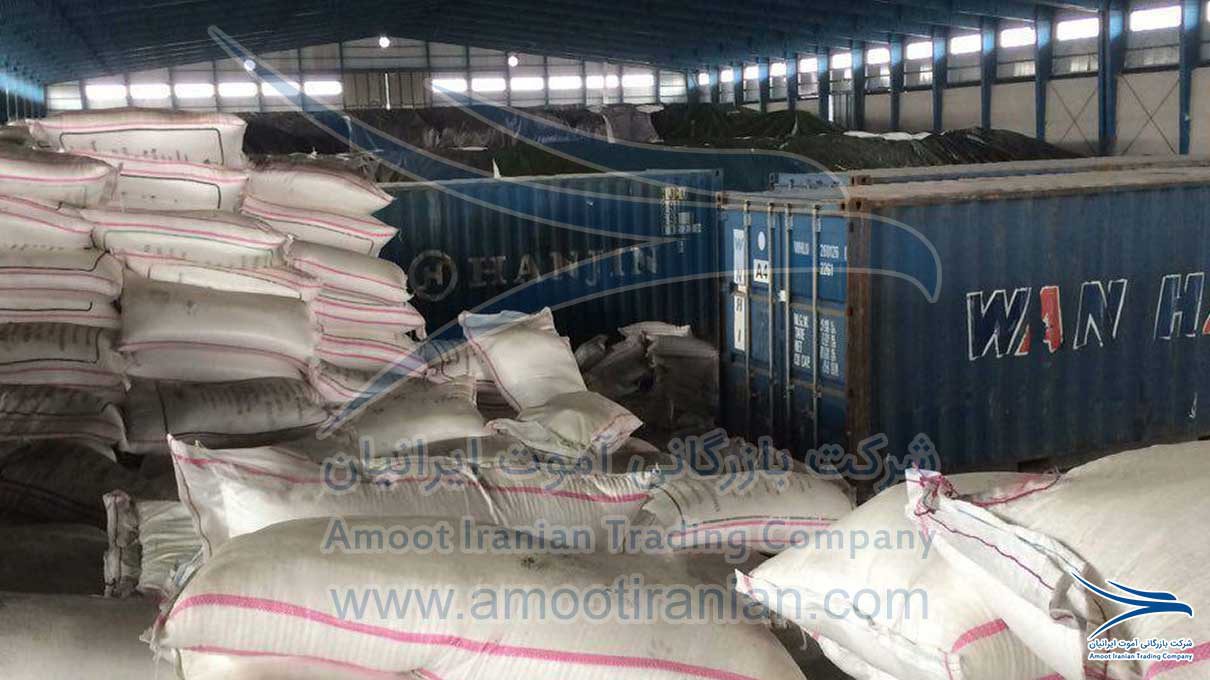Sulphur Supplier
Amoot Iranian Trading Company is widely known as a prominent supplier of Sulphur to India, China, and some other Asian and African countries for more than one decade. Exporting over half a million MT of Sulphur proves the reliability and validity of our company in this regard.
Amoot Iranian is a customer-oriented company that does its best to gain credit through paying attention to all its customers’ needs and preferences in terms of shape (Flakes, Granular or Lump), packing (bulk or Jumbo/big bags). Amoot Iranian tries to make its customers’ increase their production efficiency by supplying the best quality Sulphur along with delivering it with its initial quality maintained. With all the experience attained in Sulphur logistics including purchase, loading, shipping, discharging, packing and etc., Amoot Iranian staff are fully aware of the possible issues which may harm Sulphur quality since production until being delivered to the end user, hence Amoot Iranian considers and implements all the relative concerns to avoid them.
Sulphur is a chemical nonmetallic element. At room temperature, it is normally bright yellow, light solid with an unpleasant smell. When reacting with hydrogen it smells like rotten egg. It is insoluble in water.
Sulphur may be originated from minerals or gas and oil. Previously Sulphur was mainly extracted from salt domes until the late twentieth century. Today Sulphur is mainly derived as a side product of oil and gas refining process which is mostly in form of H2S known as hydrogen sulfide. Another major Sulphur containing impurity in petroleum are the organoSulphur compounds which may be hydrodeSulphurized and yield hydrogen sulfide. This Hydrogen sulfide undergoes the Claus Process in which hydrogen sulfide is oxidized to Sulphur oxide and then again the Sulphur oxide reacts with some other hydrogen sulfide and results in final products: Sulphur and water.
Applications:
Sulphur is widely used as raw material in numerous applications: Sulphuric Acid, Fertilizers, pharmaceuticals, Bactericide in winemaking and food preservation and Sulphur inlay in types of furniture.
Fertilizer: Every day the fertilizers composed of Sulphur are increasing. The most important Sulphur containing fertilizer is mineral calcium sulfate. As elemental Sulphur’s hydrophobicity does not let it be used directly by plants. Soil bacteria can convert it to derivatives which are soluble that is it can then be consumed by plants. Sulphur improves the efficiency of other vital plant nutrients, especially nitrogen and phosphorus. Biologically produced Sulphur particles are naturally hydrophilic due to a biopolymer coating, they are easier to disperse over the land in a spray of diluted slurry, which results in a faster uptake.
The botanical requirement for Sulphur equals or even exceeds the requirement for phosphorus. It is an essential nutrient for plant growth, root nodule formation of legumes, and immunity and defense systems. Sulphur deficiency has become widespread in many countries in Europe. As atmospheric intake of Sulphur decreases continually, the deficit in the Sulphur input/output is more probable to increase unless Sulphur fertilizers are used.
Sulphuric Acid: Sulphur, as an element, is mainly applied to produce Sulphuric Acid. Sulphuric acid is a very important commodity chemical, and indeed, a nation's Sulphuric acid production is a good indicator of its industrial strength. World production in 2004 was about 180 million MT, with Asia 35%, North America 24%, Africa 11%, Western Europe 10%, Eastern Europe and Russia 10%, Australia and Oceania 7%, South America 7%. The major principal application of Acid Sulphuric is extracting of phosphate ores to produce fertilizers. An approximate 60% of the Sulphuric Acid market belongs to chemical fertilizers production. Other applications include refining process of oil, wastewater processing and extraction of minerals. That is why only in the US in 2010, Sulphuric acid was produced more than any other inorganic industrial chemical. About 20% is used in chemical industry for the production of detergents, synthetic resins, dyestuffs, pharmaceuticals, petroleum catalysts, insecticides, and antifreeze, as well as in various processes such as oil well acidizing, aluminum reduction, paper sizing, water treatment. About 6% of uses are related to pigments and include paints, enamels, printing inks, coated fabrics and paper, and the rest is dispersed into a multitude of applications such as the production of explosives, cellophane, acetate and viscose textiles, lubricants, non-ferrous metals, and batteries.
Chemical Fertilizers: The consumption growth rate of Sulphuric acid in the United States in 1985-1997 was only 2.2% which raised to 3.9% in 1997-2004. Acid Sulphuric is the key raw material in the production of Phosphoric Acid, Ammonium Sulphate Fertilizer and normal superphosphate, where phosphoric acid itself is the raw material in phosphate fertilizers’ production process.
Phosphoric Acid: the major process in which Sulphuric acid required for phosphoric acid production is Wet Process. In this process, phosphate rock is used, and more than 100 million MT are processed annually. This raw material is shown as fluorapatite, though the exact composition may vary. This is treated with 93% Sulphuric acid to produce calcium sulfate, hydrogen fluoride (HF) and phosphoric acid. The HF is removed as hydrofluoric acid. Other phosphoric acid types which is the furnace type, does not require Sulphuric acid. In recent years due to the wet process phosphoric acid’s massive production, this phosphoric acid is purified in another process and used instead of the furnace phosphoric acid, either. Hence, the Sulphuric acid market is directly affected by the phosphoric acid and its relative fertilizers production.
Ammonium sulfate, a key nitrogen fertilizer, is majorly produced as a byproduct from coking plants to supply the iron and steel making plants. It's reacting the ammonia produced in the thermal decomposition of coal with waste Sulphuric acid allows the ammonia to be crystallized out as a salt (often brown due to iron contamination) and sold into the agro-chemical industries.
One other important application of Sulphuric acid is in manufacturing aluminum sulfate, also called paper maker's alum. This can react with small amounts of soap on paper pulp fibers to give gelatinous aluminum carboxylates, which helps coagulate the pulp fibers into a hard paper surface. It is also used for making aluminum hydroxide that is used at water treatment plants to filter out impurities, as well as to improve the taste of the water. Aluminum sulfate is made by reacting bauxite with Sulphuric acid.
Sulphuric acid is also important in the manufacturing of dyestuffs solutions.
Sulphur–iodine cycle: Is a series of thermo-chemical processes used to yield hydrogen. It consists of three chemical reactions which net reactant is water and net products are hydrogen and oxygen. The first step of the cycle is called the Bunsen reaction, where the Sulphur and iodine compounds are recovered to be reused, hence the process is referred to as a cycle. The Sulphur–iodine cycle has been proposed as a way to supply hydrogen for a hydrogen-based economy.
Industrial cleaning agent: Sulphuric acid is widely used in iron and steelmaking industry to remove oxidation, rust, and scaling from rolled sheet and billets prior to sale to the automobile and major appliances industry. Used acid is often recycled through a spent acid regeneration (SAR) plant. SAR plants are commonly added to metal smelting plants, oil refineries, and other industries where Sulphuric acid is consumed in bulk, since operating a SAR plant is way cheaper than the recurring costs of spent acid disposal and new acid purchase.
Catalyst: Sulphuric acid is used for various other purposes in the chemical industry. For instance, it is the usual acid catalyst for the conversion of cyclohexanone oxime to caprolactam, used for making nylon. It is used for making hydrochloric acid from salt via the Mannheim process. Much H2SO4 is used in petroleum refining, as a catalyst for the reaction of isobutane with isobutylene to give isooctane, a compound that improves the octane rating of gasoline (petrol). Sulphuric acid is also often used as a dehydrating or oxidizing agent in industrial reactions, such as the dehydration of various sugars to form solid carbon.
Electrolyte: Acidic drain cleaners usually contain Sulphuric acid at a high concentration which turns a piece of pH paper red and chars it instantly, demonstrating both the strong acidic nature and dehydrating property. Sulphuric acid acts as the electrolyte in lead-acid batteries (lead-acid accumulator).
An acidic drain cleaner can be used to dissolve grease, hair and even tissue paper inside water pipes.
Domestic uses: High concentration Sulphuric acid is commonly the major ingredient of acidic drain cleaners or openers used to remove grease, hair, tissue paper, etc. Like their alkaline types, such drain openers can dissolve fats and proteins through hydrolysis. Moreover, as concentrated Sulphuric acid has a strong dehydrating property, it can remove tissue paper via dehydration as well.
Strategic Significance of Sulphuric Acid
As further discussed, the major application of Sulphuric Acid is in the production of phosphate fertilizers. Hence this makes the strategic significance of Sulphuric Acid. The increasing population growth rate and limited agricultural lands increase the necessity of improving production efficiency per land unit. In order to be able to be responsible for the population growth, organic fertilizers are no more applicable. Organic fertilizers only improve the dust’s physical properties and make it ready for the plant growth and it is still poor in nutrition. To improve the efficiency, using chemical fertilizers is a must which necessity is completely discovered. Sulphuric Acid is widely used in phosphate fertilizers and ammonium sulphate fertilizers and since it is not replaceable with any other materials, its significance is emphasized.
Major Producers and Consumers of Sulphuric Acid
In 2012, the world Sulphuric acid capacity was estimated at more than 290.7 million tonnes. In the same year, Asia accounted for over 46% of the total capacity.
Sulphuric acid: structure of the world capacity by region, 2012
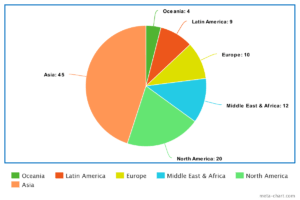
Mosaic Co, OCP Group, PotashCorp, Vale Limited, Groupe Chimique Tunisien, Codelco, Maaden, Rhodia Inc, Xstrata, Aurubis, OJSC «Ammofos», Oswal Greentech Limited and CF Industries, among others, take the lead in the global Sulphuric acid universe.
The worldwide market for Sulphuric acid witnessed stable growth between 2009 - 2012, supported by increasing demand from major end-use industries. In 2012, Sulphuric acid production grew by more than 7 million tons and exceeded 230.7 million tons. Asia ranks as the leading Sulphuric acid manufacturer, accounting for around 45% of the overall production. China, the US, India, Russia, and Morocco are the top five Sulphuric acid manufacturing countries.
Sulphuric acid: structure of the world production by country, 2012
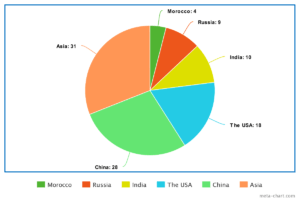
In 2012, its consumption volume surpassed the 106 million mark. The fertilizer industry is the product’s major end-use sector, consuming over 55% of the overall Sulphuric acid output.
In 2011, the world foreign trade in Sulphuric acid was valued at more than USD 1.87 billion. Europe is the leading Sulphuric acid exporter, whilst Asia is a market leader in terms of imports.
Opportunities and Major Players
Furthermore, the growing application in the healthcare industry for skin treatment procedures, such as the elimination of acne and manufacturing of medications associated with the treatment of dandruff and others will provide numerous opportunities for the growth of this market.
Some of the major players dominating the global market are –
- Abu Dhabi National Oil Company
- Guangzhou Petrochemical
- Sinopec Corp.
- OAO Gazprom
China, the Leading Sulphur Importer
China as the second- largest producer of Sulphur in all forms globally, is the world’s leading producer of pyrites, with about 57% of its Sulphur in all forms coming from that source. The country is the leading Sulphur importer, representing about 35% of the global imports, the bulk of which is used to manufacture Sulphuric acid. Energy production in China has been rising in recent decades across the oil & gas sector, leading to a boost in the domestic Sulphur recovery. Furthermore, the fertilizer production consumes about two-thirds of the Sulphuric acid consumption in China. In 2014, the government of China loosened the restrictions imposed on the fertilizer industry, which is further estimated to have boosted the fertilizers market. Favorable policies towards fertilizers and the increasing energy production are likely to further augment China as a leading market for Sulphur.
sulphur supplier
sulphur granules
sulfur granules
sulfur fertilizer
sulfur for sale
sulphur powder
sulphur fertilizer
yellow sulphur powder
sulphur manufacturers
elemental sulfur fertilizer
buy sulfuric acid
where can i buy sulfur
sulphur fertilizer manufacturers
granular sulphur price
sulfur pellets
where to buy sulfur powder
granulated sulfur
granular sulphur suppliers
chemical suppliers
buy sulfur
sulfur powder
elemental sulphur fertilizer
sulphur powder suppliers
caustic soda suppliers
agricultural sulphur
international urea supplier
urea fertilizer
urea nitrogen fertilizer
fertilizer prices
urea price
dap fertilizer
urea fertilizer price
urea fertilizer for sale
liquid nitrogen fertilizer
where to buy urea fertilizer
urea fertilizer price per bag
liquid urea
urea 46
urea for plants
urea uses
liquid urea fertilizer
nitrogen fertilizer
nitrogen fertilizer prices
urea products
urea fertilizer manufacturer
npk fertilizer price
where can i buy urea fertilizer
buy urea fertilizer
nitrogen based fertilizer
nitrate nitrogen fertilizer
dates supplier
dates wholesale
iran date
dried mango
organic dates
dried prunes
medjool dates wholesale
medjool dates uk
bulk dates
dried figs
dried dates
medjool dates
dried pears
ajwa dates
organic dates bulk
wholesale dates suppliers
fresh dates
date paste suppliers
chopped dates
where to buy dates
fsma compliance
medjool dates for sale
buy dates online
medjool dates bulk
california dates

